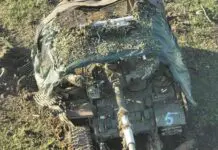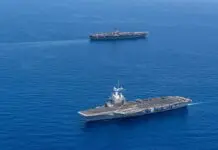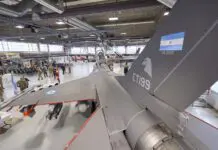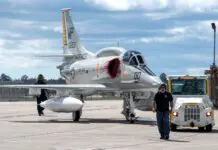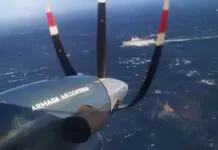The delayed return to service of the Super Étendard jets of the Argentine Navy appears to be adding more chapters, as technical issues are now also compounded by those related to the bureaucratic process of certifying the operation of pyrotechnic components. As previously reported by Zona Militar, personnel from the Naval Aviation Command have been making great efforts to restore the aircraft to flight condition, coinciding with the upcoming visit of the USS George Washington aircraft carrier from the United States.
During our recent visit to the Comandante Espora Naval Air Base, as part of coverage conducted in the context of controlling illegal fishing in the Exclusive Economic Zone, sources informed Zona Militar that, with sufficient support, it would only be a matter of time before the Super Étendard Modernisé and Super Étendard jets could regain their flight status.
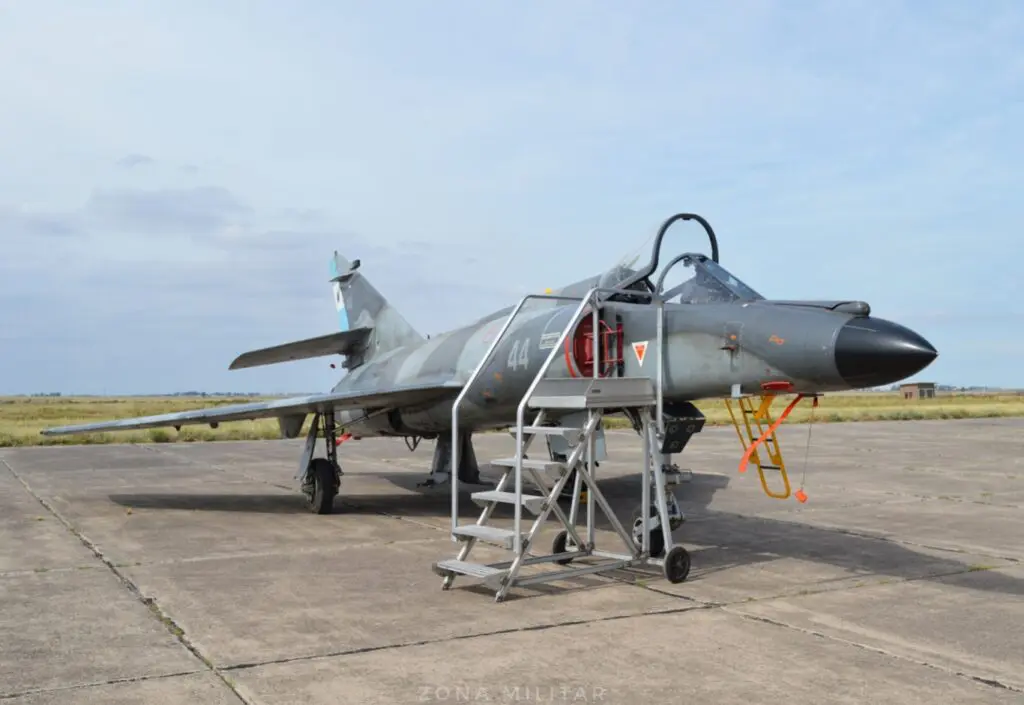
As expressed in a previous publication earlier this month, “the SEM registrations 31 and 44 are the units that are undergoing tests most frequently, and initially they would be the units to return to service once the issue regarding the ejection seat cartridges is resolved.” It was added that “both SEMs are subjected to periodic inspections and maintenance work in order to keep the aircraft in condition for when they become operational again.”
However, despite the efforts of the personnel of the Naval Aviation Command to recover the primary naval attack means available to the Argentine Republic, bureaucratic issues currently stand in the way of the SEM/SUE returning to the skies. These issues are not being addressed with the necessary speed by the intervening authorities of the Joint Chiefs of Staff of the Armed Forces.
Based on sources consulted, and within the framework of the tests carried out last year by CITEDEF with its new pyrotechnic cartridge test bench, the Argentine Navy managed to obtain an extension to continue using the pyrotechnic material used by the naval strike aircraft. The results presented by the organization yielded satisfactory data on the conservation status and operation of these materials.
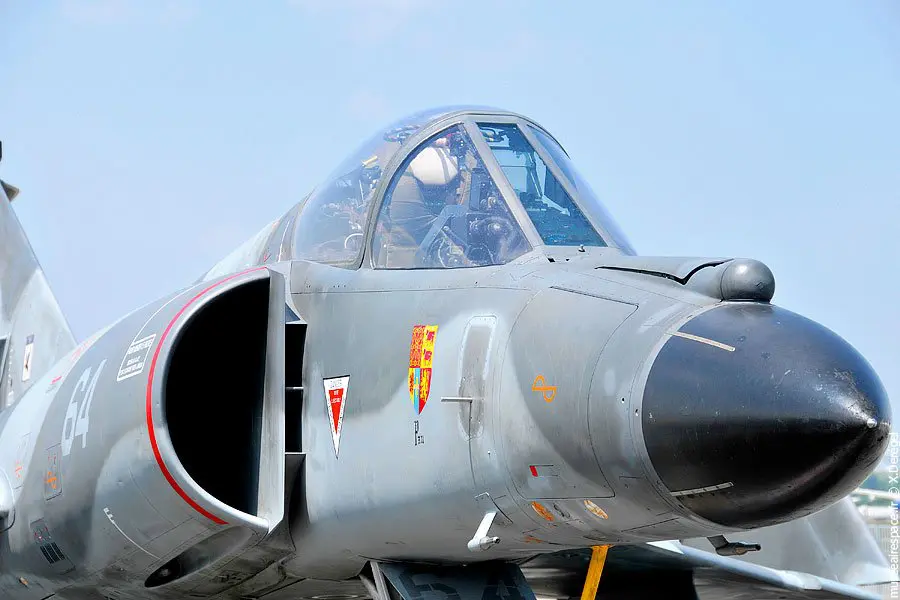
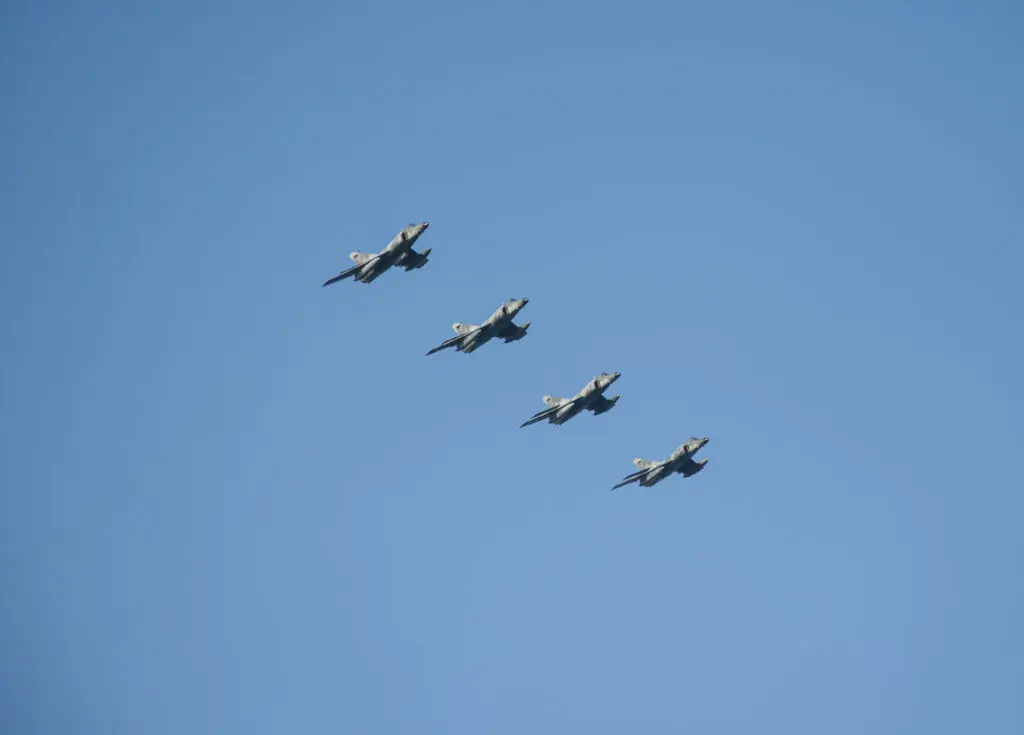
However, despite the progress made by the Argentine Navy and CITEDEF, which also has precedents with other weapons systems of the Armed Forces, they have encountered opposition from the authorities of the Joint Military Airworthiness Directorate of the Joint Chiefs of Staff of the Armed Forces (DIGAMC), who notified weeks ago that the research organization is not authorized or certified to carry out this type of certifications regarding the extension of the service life of pyrotechnic material.
The DIGAMC’s assessment is accurate, and the solution, following all the required controls by the military organization, is to incorporate CITEDEF into the SADEF (Defense Airworthiness System) through the necessary bureaucratic processes. Since the research organization has demonstrated the sufficient capacity and technological expertise to carry out these tests and studies in the country, marking a milestone in terms of autonomy and independence.
By adding CITEDEF to SADEF, following the necessary processes and controls, the Super Étendard Modernisé of the Argentine Navy could commence their respective test flights in a short time, paving the way for their participation in upcoming activities with naval forces of the United States.
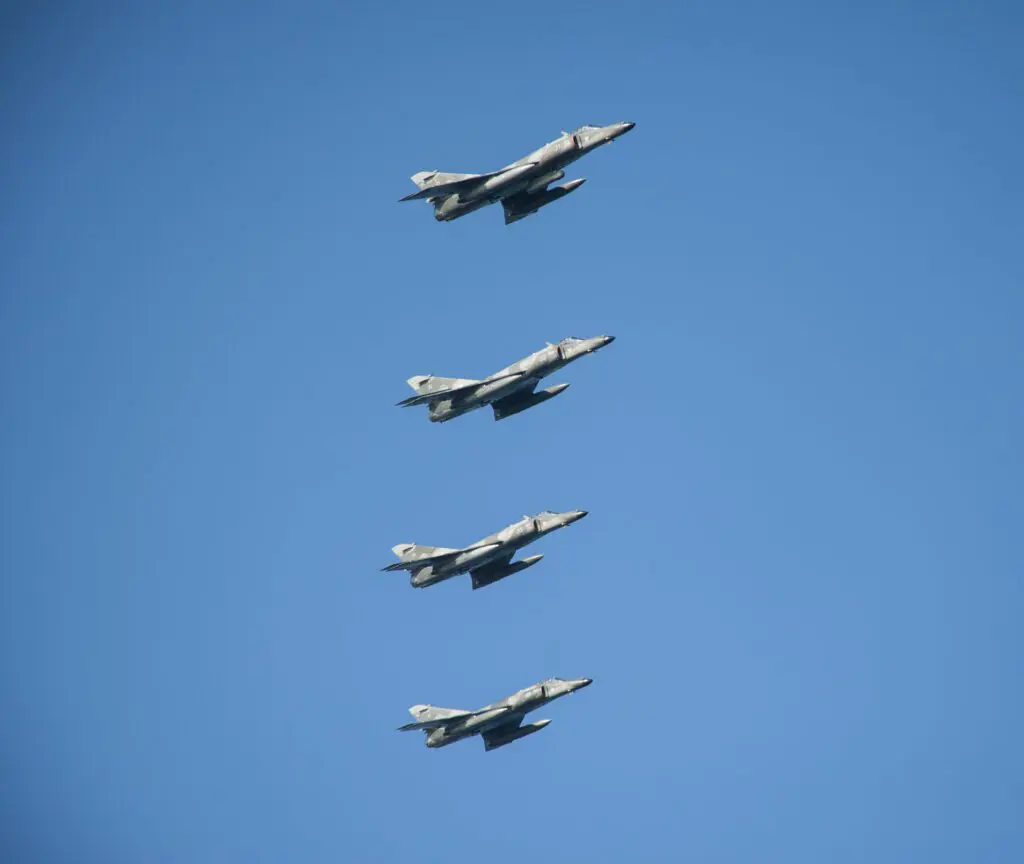
Alternatively, the Ministry of Defense and the Joint Chiefs of Staff of the Armed Forces, facing public opinion on a highly sensitive issue, will need to explain why one of the main weapons systems of the National Military Instrument cannot return to flight due to bureaucratic issues. If the official decision is to decommission the weapon system, it would undermine all the efforts made by the personnel of the Navy and its Naval Aviation Command.
*Photographs used for illustrative purposes.
You may also like: The destroyer ARA La Argentina of the Argentine Navy completed new navigation and machinery tests



